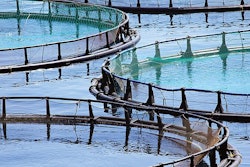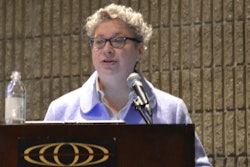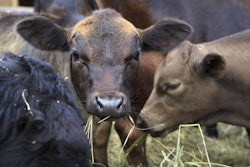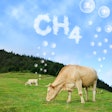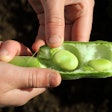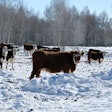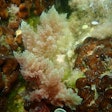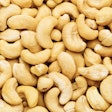
Near-infrared reflectance spectroscopy (NIRS) was first discovered by William Herschel; the true fathers of NIRS for use in agriculture were Phil Williams and Karl Norris. They demonstrated the use of computers to interpret spectral data — as well as the measurement of spectral data on a range of feedstuffs, including soybeans and grains and the development of larger, commercial-scale equipment and techniques.
Read the entire report about NIRS forage and feed analysis exclusively in the February issue of Feed Strategy.
NIR relies on measuring the amount of energy required to vibrate chemical bonds between atoms within molecules. Different chemical bonds require different amounts of energy, and that variation is seen as a series of absorptions at different wavelengths, termed a spectrum, across the NIR region in the electromagnetic spectrum (780 – 2,500 nm). Effectively, NIR light is shone at a sample and excites the bonds between the molecules, causing further NIR light to be emitted. This NIR is then reflected, the intensity of which is measured by the spectrophotometer.
These spectra can then be used to determine which chemical bonds are present and, subsequently, the molecular structure of compounds within the sample.
One of the advantages of NIRS is the rapidity of analysis, reducing time to obtaining results from hours or days to minutes and for multiple samples as opposed to only a few. The fact that minimal sample preparation is required also reduces time. The majority of benchtop NIRS is carried out on dry samples. By contrast, field-side NIRS is usually on wet samples. In either case, NIRS will only be as accurate as the database and calibration behind it. The more samples in the calibration data set, the greater the accuracy.
NIRS has become the analytical method of choice over traditional wet chemistry in the analysis of many feed materials, particularly forages. It is much more rapid and cost effective than wet chemistry and requires little sample preparation in contrast to wet chemistry. However, NIRS accuracy is reliant on a detailed database of samples and calibration for individual groups of material, e.g. grass silage, corn silage, grass.


